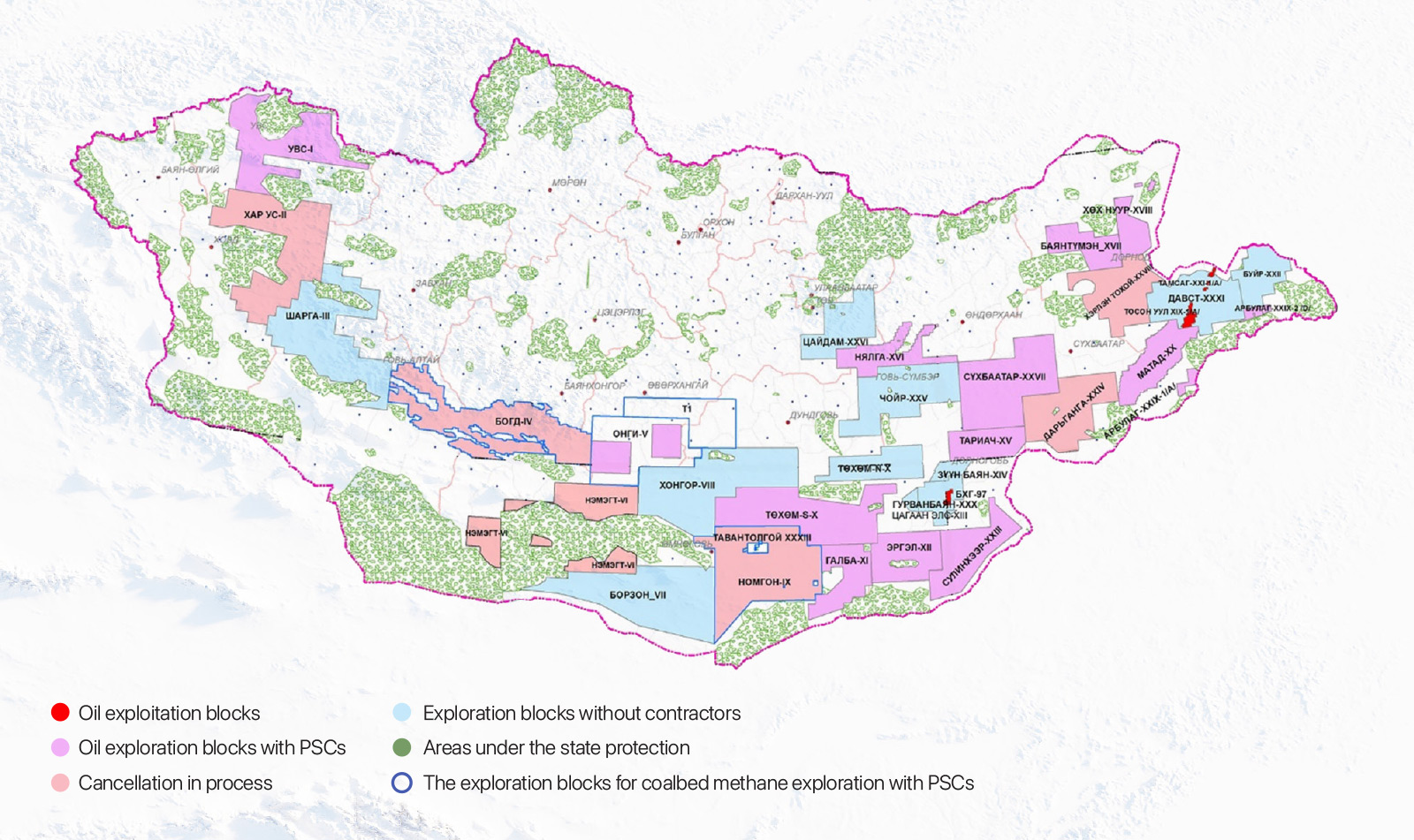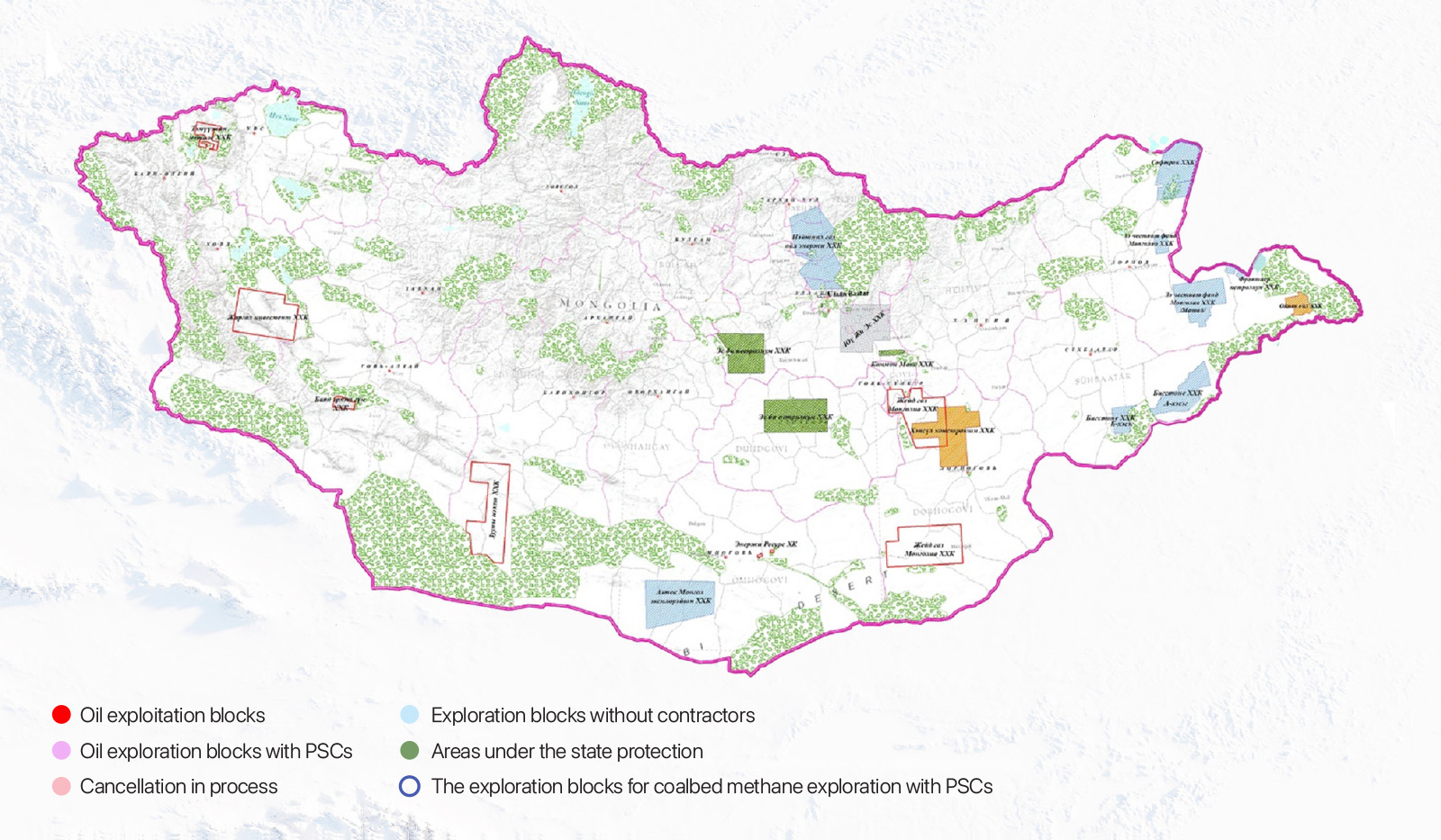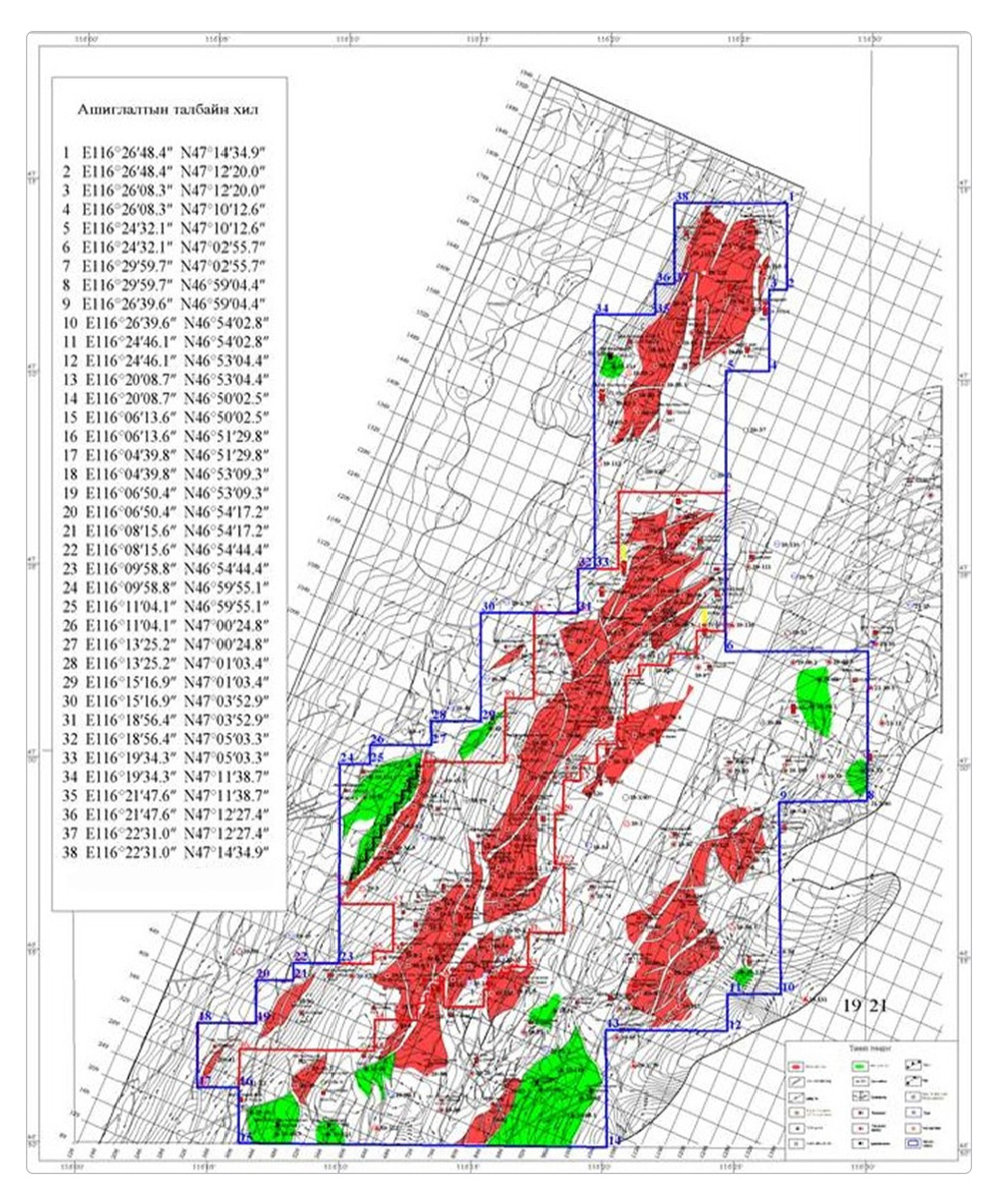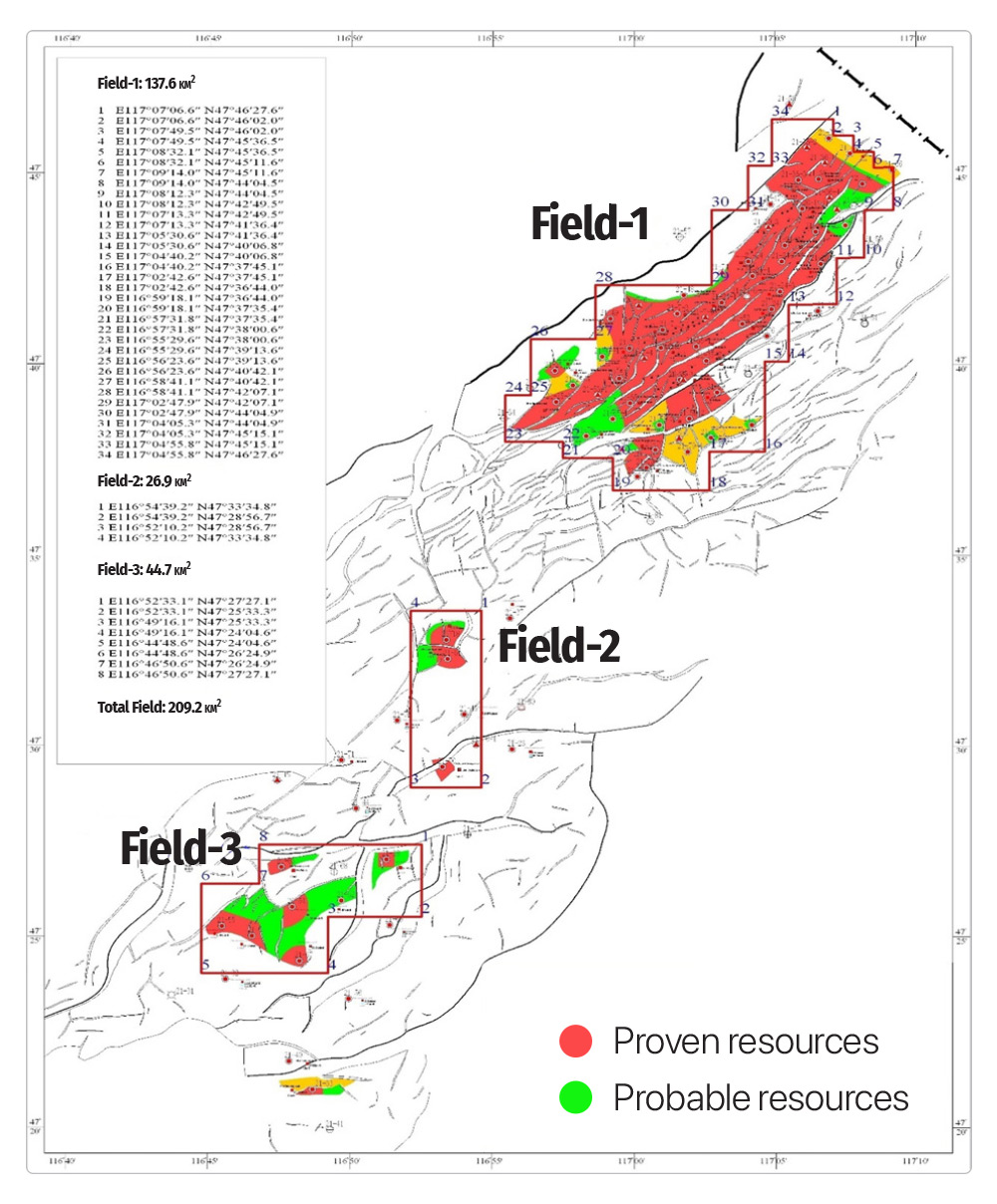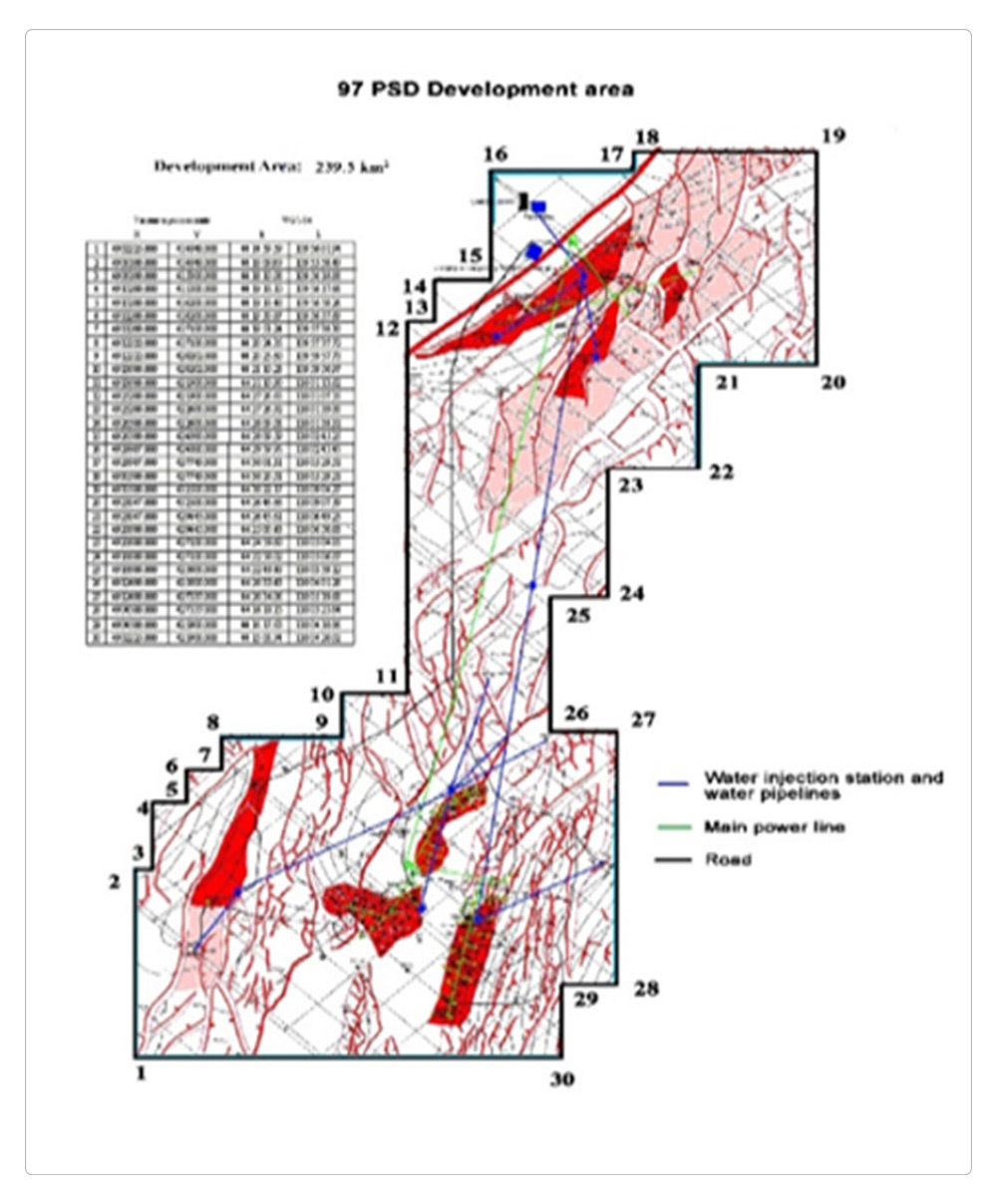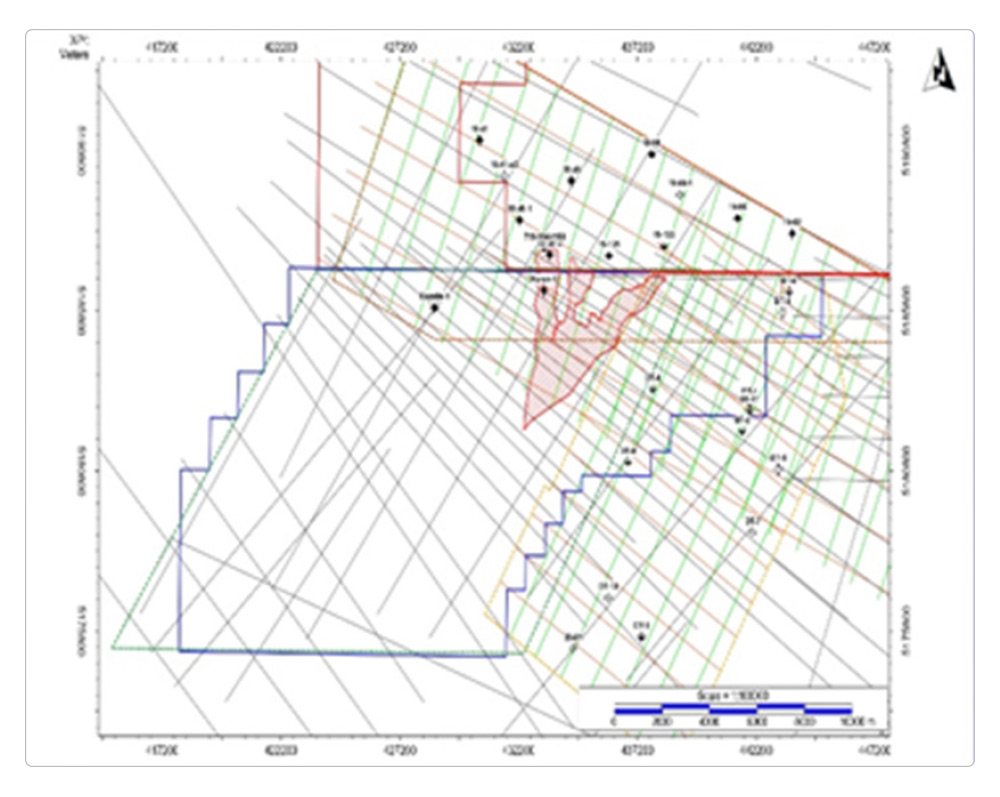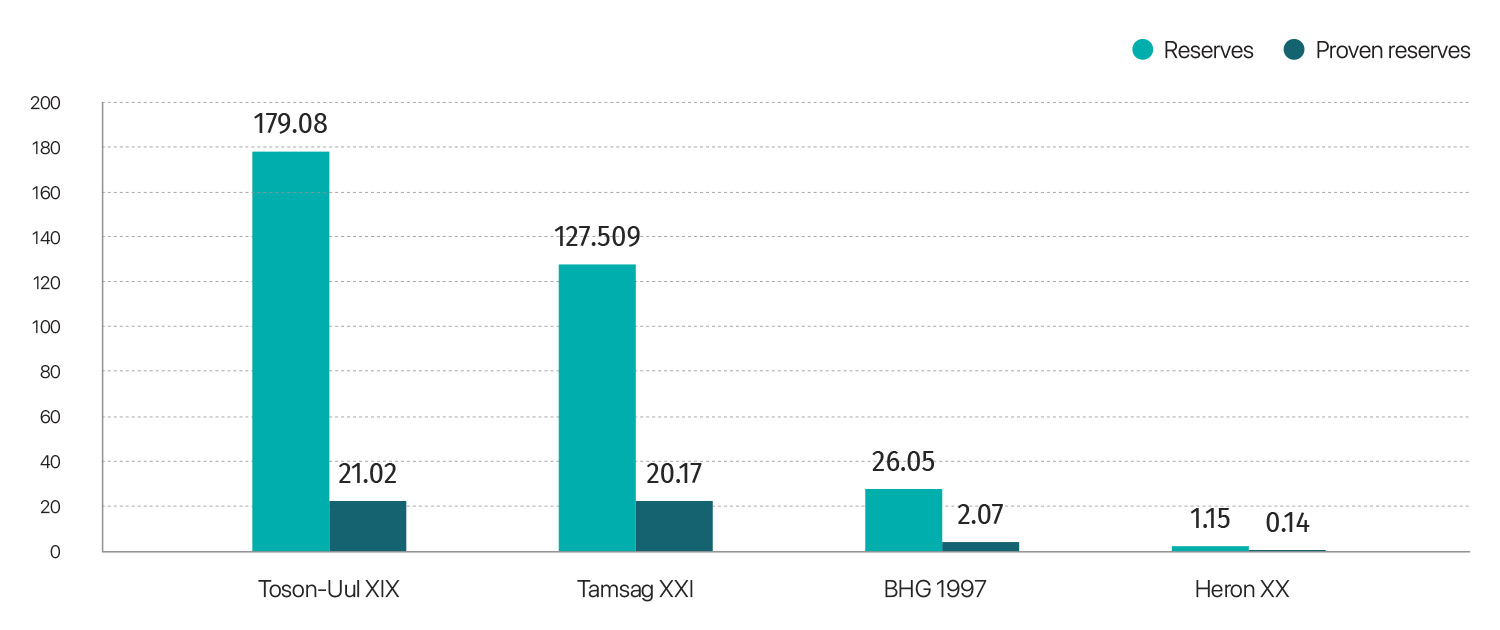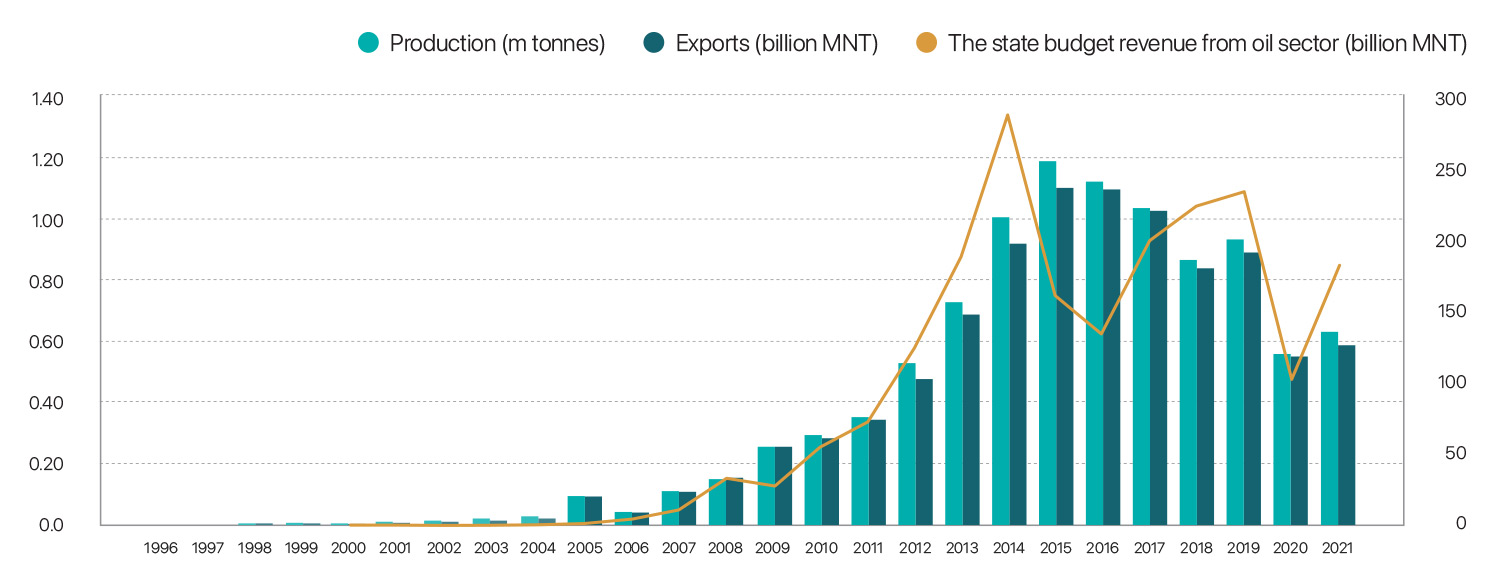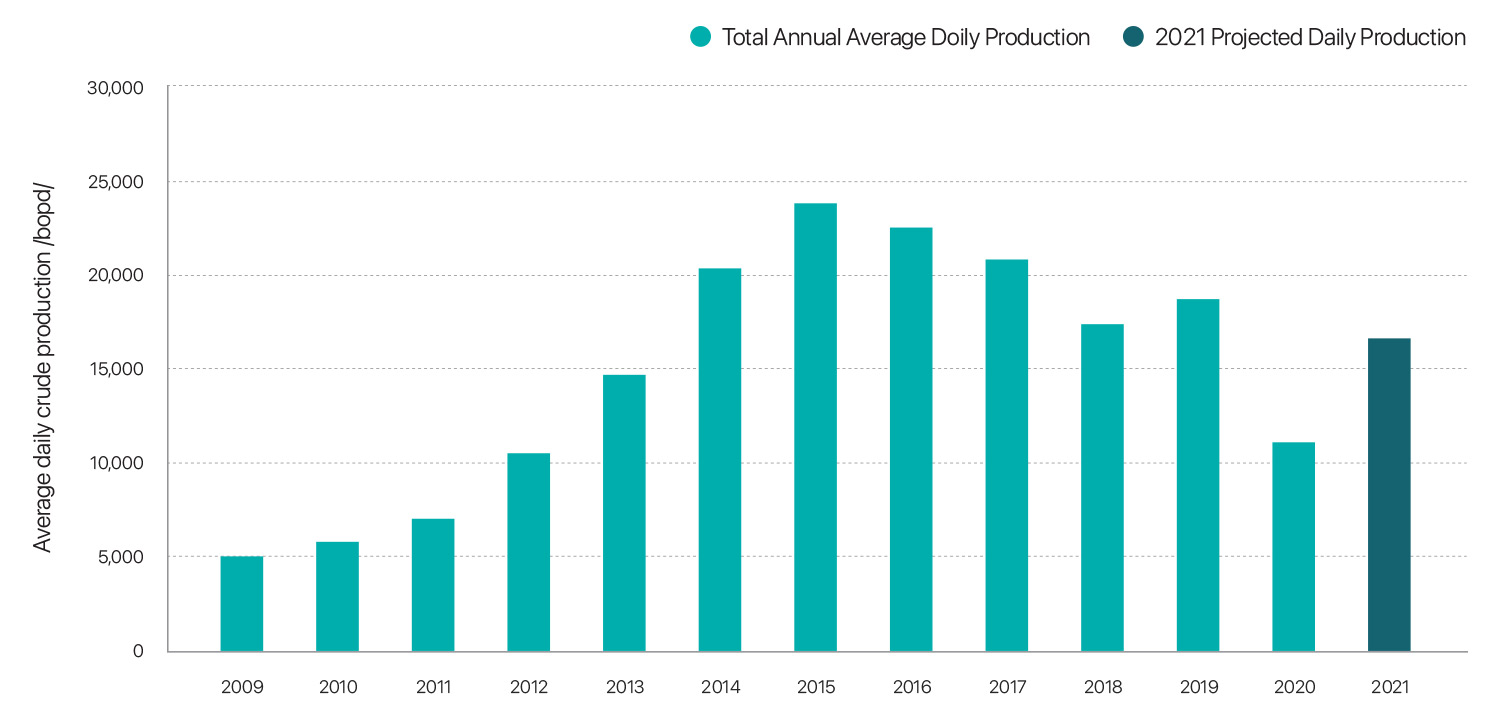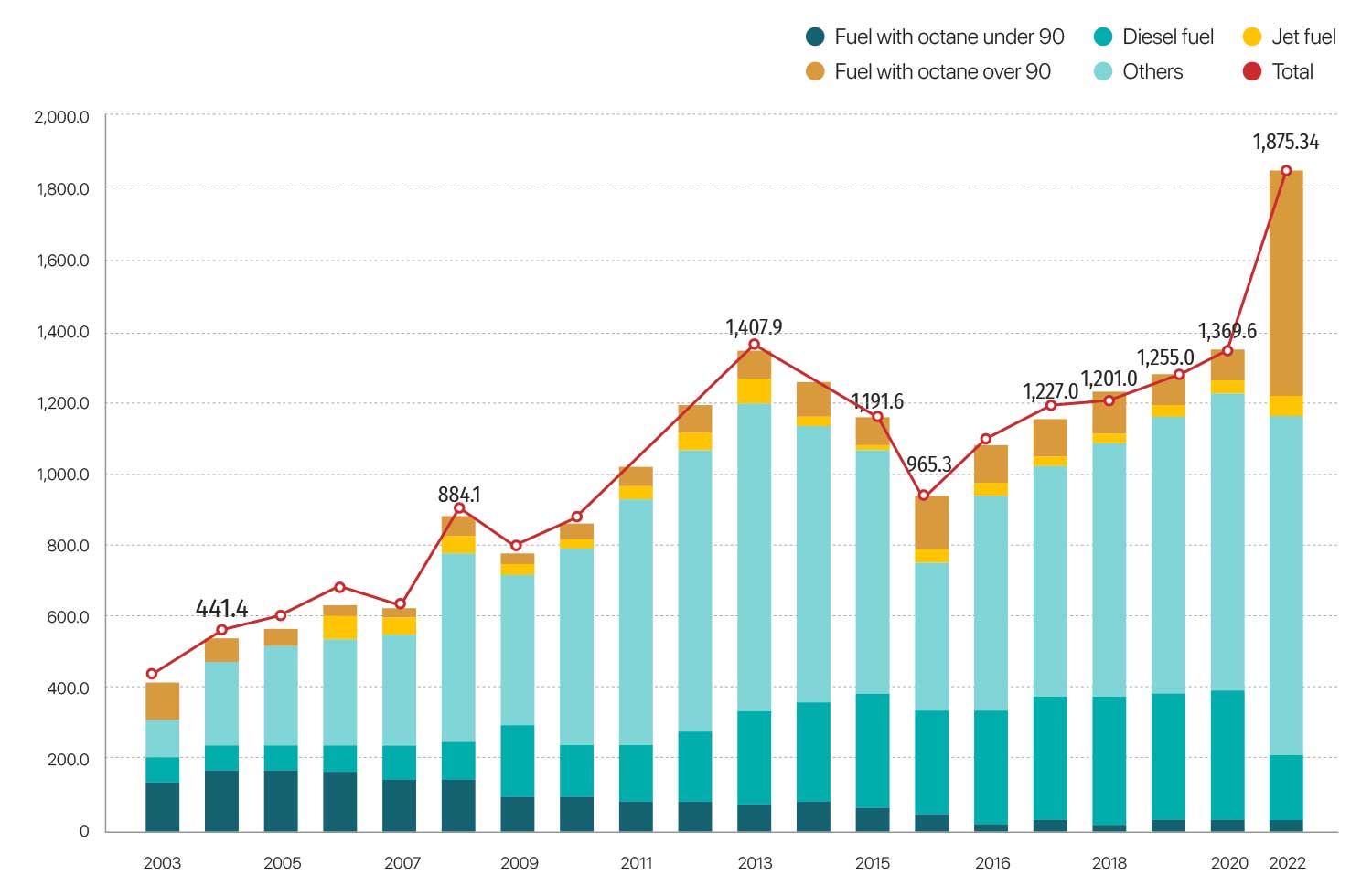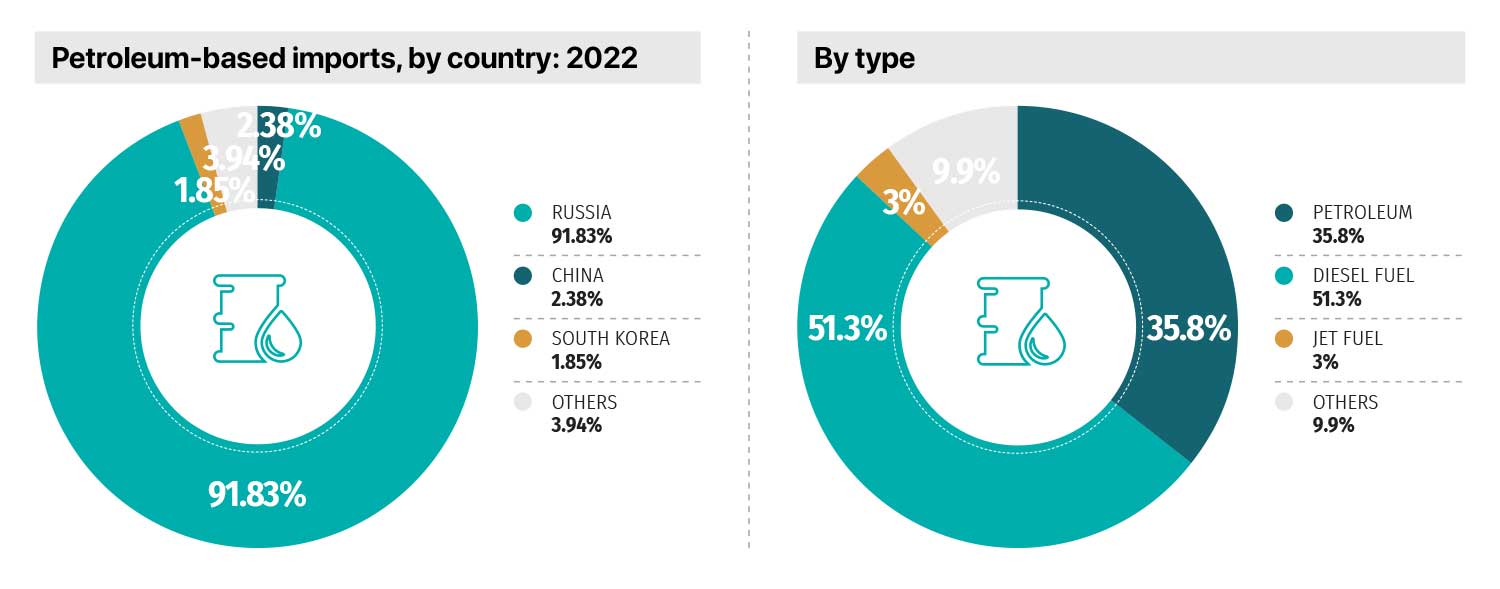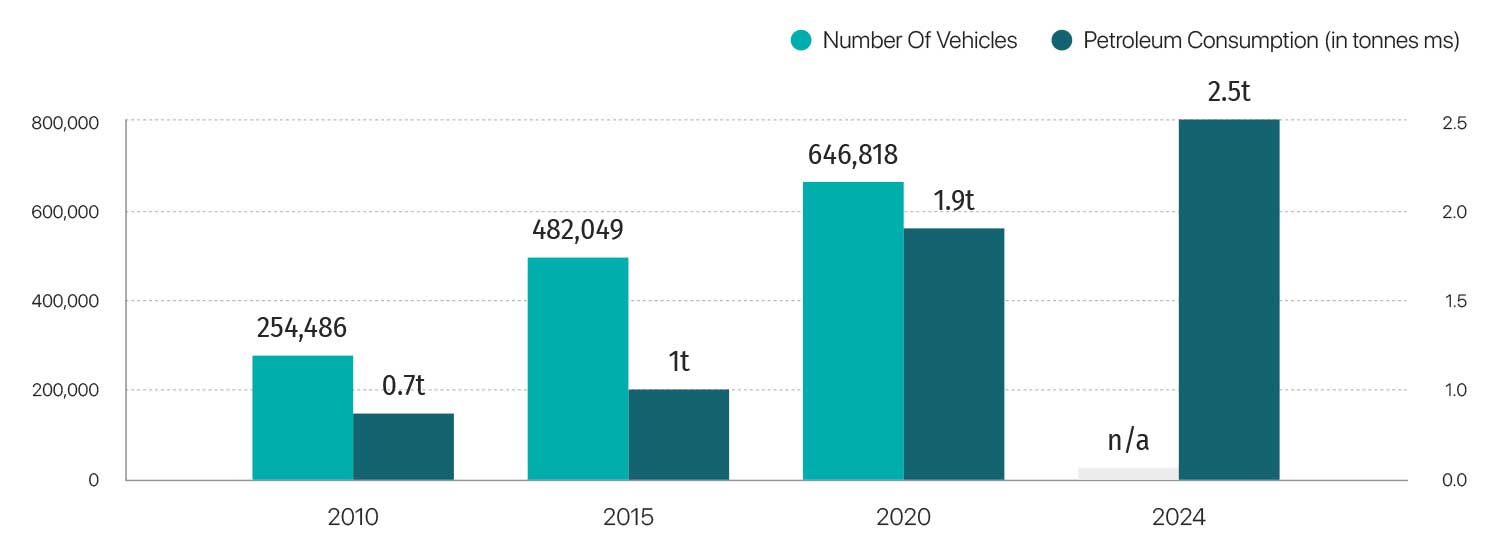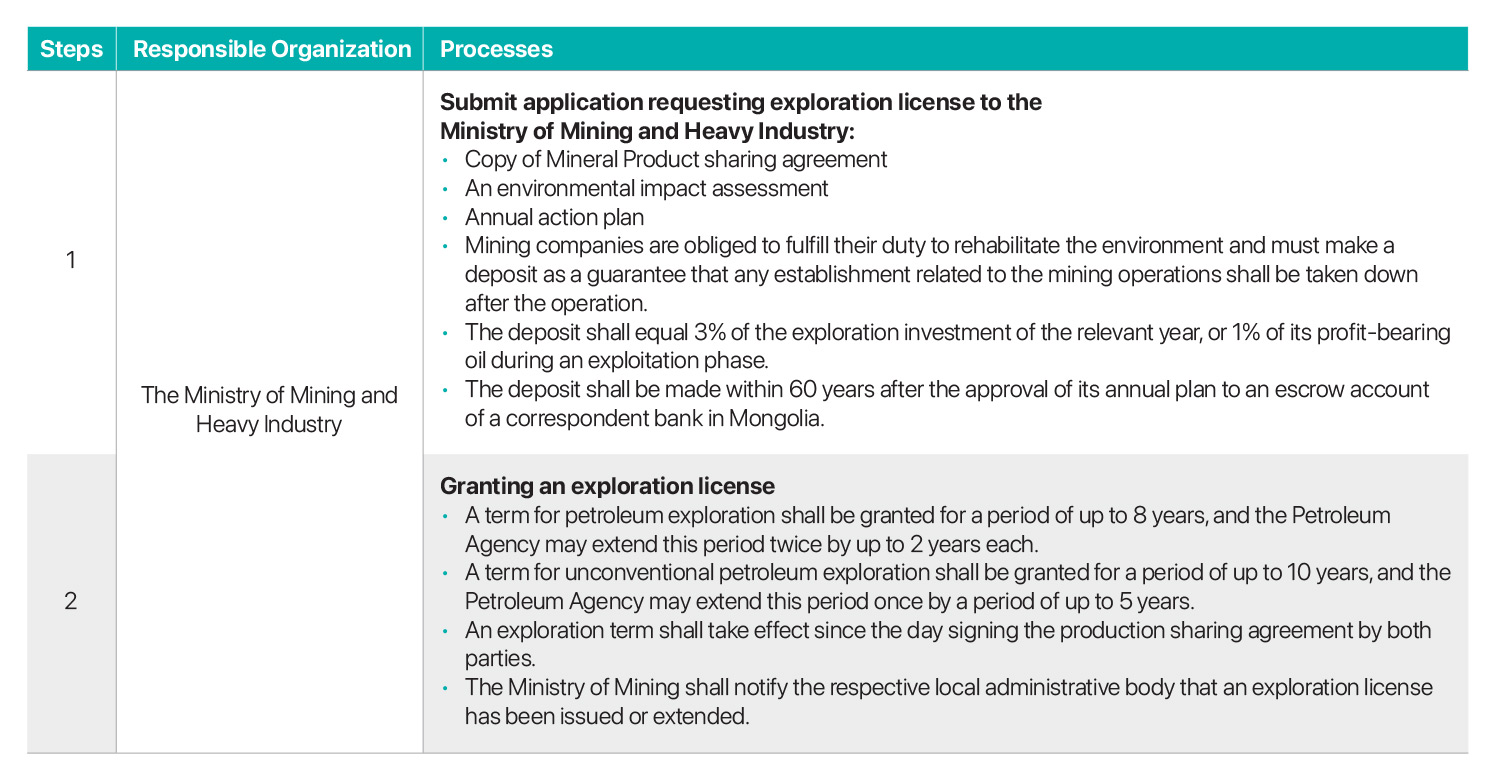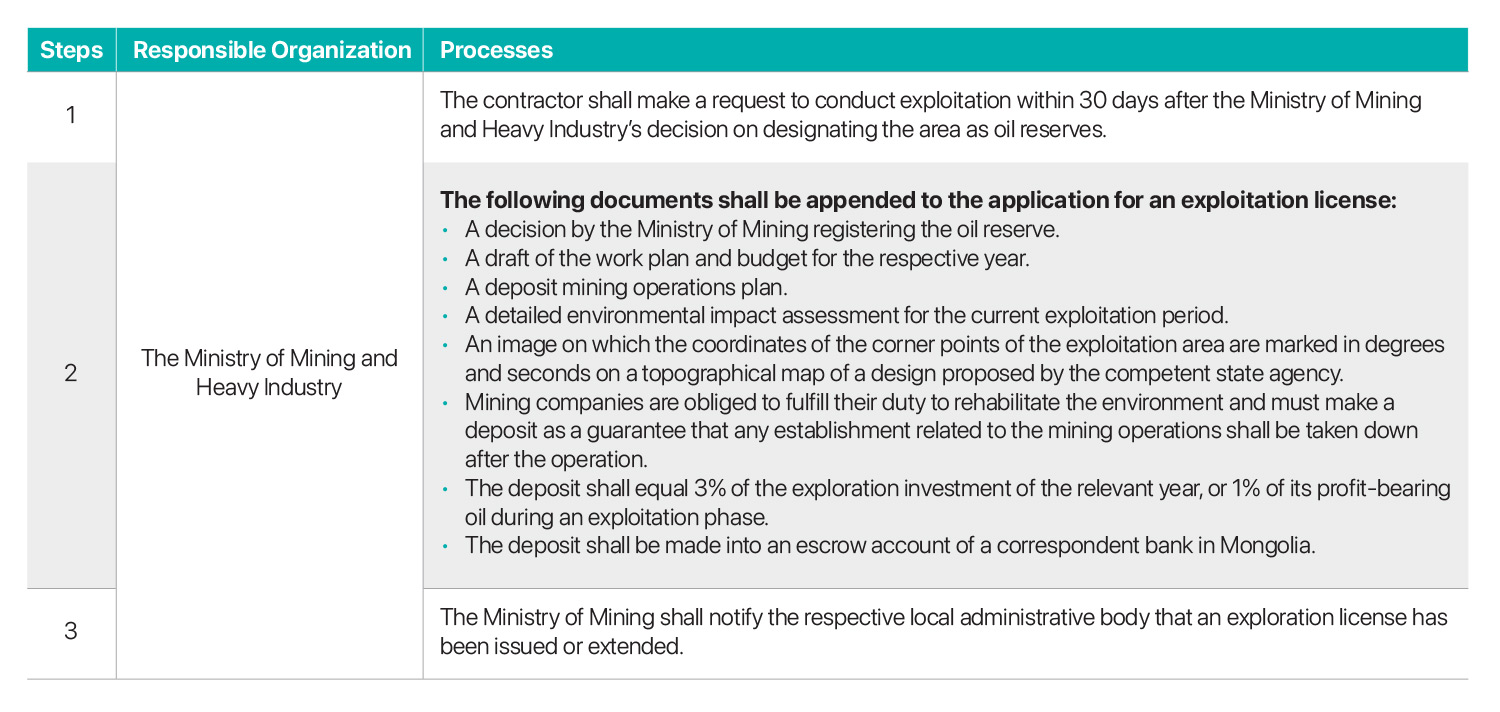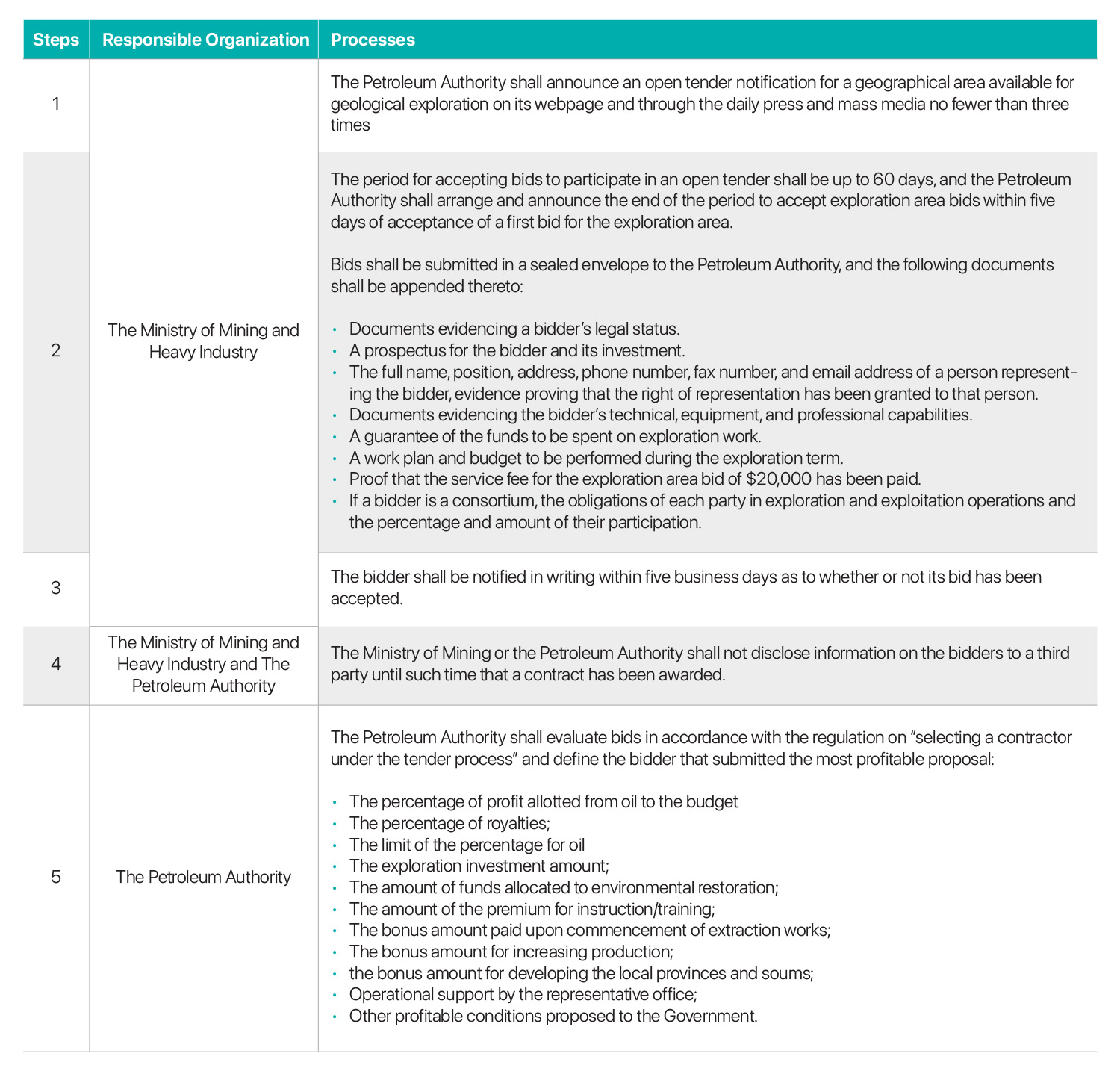Highlights:
Exploration & Reserves
Mongolia’s oil industry goes back around 80 years. American geologists first surveyed the Gobi region and speculated oil reserves in the 1930s. Since then, Mongolian, and Russian geologists have conducted numerous large-scale surveys and have discovered several reserves.
Later, oil exploration in Mongolia begun with the classification of Mesozoic and Tertiary sediments, and the discovery of oil shale outcrops in the Gobi region. Mesozoic sedimentary basins of Mongolia were divided into 13 basins and 59 sub-basin which cover 523,000 square km in 17 provinces or aimags.
In 1940, the Zuunbayan oil field was identified in the East Gobi. In 1950, Mongolia’s first ever refinery started refining oil produced from the field, though, due to declined rates, a fire at the refinery and economic factors, the refinery and production ceased activities in 1969.
In the early 1990s, oil exploration projects resumed in Mongolia. The Petroleum Law of Mongolia was put into effect in 1991. Petroleum exploration and production in Mongolia are performed solely under Production Sharing Contracts (PSC) signed over each petroleum block between the investor and the Government of Mongolia.
The first Production Sharing Contract was signed in 1993. Four years later, exploration work on Block XIX identified the country’s first free flowing oil. Soon after, oil production and exports to China was commenced.
After the exploration works in oil fields of Toson-Uul, Tamsag, Zuunbayan and Tsagaan-Els, geological petroleum reserves were recorded in the General Mining Reserves Database between 2010 and 2012. In 2021, reserves of a newly discovered Matad XX field were added to the database.
As of 2021, the total geological petroleum reserves in Mongolia were recorded as totaling 333.8m tonnes, of which 43.4m tonnes in the proven reserves.
Today, there are 33 petroleum blocks. 4 of these blocks have advanced to production, while exploration is being conducted on 14 blocks under 18 PSCs. The Government of Mongolia has PSCs with 31 contractors on 28 petroleum blocks, according to MRPAM.
In terms of unconventional petroleum exploration, the Government has Production Sharing Contracts in place for five coalbed methane fields and exploration contracts for nine fields.
Location of oil and unconventional oil blocks with contracts
Location of oil and unconventional oil exploration fields
Production & Export
PetroChina Daqing Tamsag currently accounts for more than 95% of total oil production & exports and Dongsheng Oil around 5%. PetroChina Daqing Tamsag exports to Chinese refineries by truck via the Bayankhoshuu border point, while the Dongsheng Petroleum Mongol Company exports by rail. In addition, Mongolian government granted Petro Matad Limited a 25-year exploitation license for Block XX in Eastern Mongolia in 2021 and the company is planning to commence its production in 2023.
Key indicators of Toson-Uul oil field (as of 2021)
Toson-Uul
- Location: Matad soum, Dornod province
- Contractor: PetroChina Daqing Tamsag (Mongolia) LLC
- Effective date: 1993
- Extraction area: 650 square km (8.4% of exploration area)
- Number of wells drilled: 982
- Oil extraction wells: 491
- Oil extraction per day: 1,115 tonnes
- Oil: 836 kg/m3, 0.1% of sulfur, 5.75 mPa.s
Key indicators of Tamsag oil field (as of 2021)
Tamsag oil field
- Location: Khalkha Gol soum, Dornod province
- Contractor: PetroChina Daqing Tamsag (Mongolia) LLC
- Effective date: 1995
- Extraction area: 209.2 square km (2.1% of exploration area)
- Number of wells drilled: 589
- Oil extraction wells: 311
- Oil extraction per day: 1,242 tonnes
- Oil: 875 kg/m3, 0.17% of sulfur, 18.9 mPa.s
Key indicators of Zuunbayan, Tsagaan-Els oil fields (as of 2021)
Oil fields of Tsagaan Els, Zuunbayan
- Location: Zuunbayan bagh, Sainshand soum, Dornogovi province
- Contractor: Dongsheng Petroleum Mongolia LLC
- Effective date: 1997
- Extraction area: 239.5 square km (4.5% of exploration area)
- Number of wells drilled: 131
- Oil extraction wells: 102
- Oil extraction per day: 134 tonnes
- Oil: 878 kg/m3, 0.1% of sulfur, 29.6 mPa.s
Key indicators of Heron oil field (as of 2021)
Reserves of oil fields in Mongolia (million tonnes)
Oil production, exports and budget revenue from oil sector
Mongolia produced a total of 75.9 million barrels, or 10.17 million tonnes of oil and exported 72.7 million barrels, or 9.74
million tonnes of oil to China in 1996-2022, generating MNT 2 trillion to the state budget from oil exports.
Daily crude production of Mongolia
Government fully supportive of domestic oil industry
Mongolia’s petroleum consumption and imports
Mongolia’s fuel supply is 100% reliant on imports. About two million tonnes of oil products are imported annually. More than 90% is imported by Russia’s state-owned Rosneft and the rest from China and South Korea.
Fuel import of Mongolia (thousand tonnes)
Imports of gasoline and diesel fuel jumped 10% between 2006 and 2013. But the dimnishing economic activity lowered the overall imports of gasoline in recent years.
PETROLEUM PRODUCTS IMPORT BY COUNTRY AND TYPE
In terms of grade, the imports of A-80 fuel shrank over years, while A-92 fuel import increased consistently. However, a growth scenario is highly likely for diesel fuels with the expansion of the mining sector in Mongolia.
Mongolia’s petroleum consumption and vehicle numbers
Petroleum products are imported on a monthly basis, based on the average of the previous month’s price on the Singapore Commodity Exchange. A total of 78 importers petroleum products locally. Nationwide, fuel is sold through a network of 97 warehouses owned by petroleum companies, over 1,200 gas-fueling stations, 10 liquefied gas storage facilities, and 78 natural gas vehicle filling stations.
Oil refinery project
Mongolia is building an oil refinery to decrease its reliance on petroleum imports. The Indian government is investing $1.24 billion in the project, which is taking place in Altanshiree soum, Dornogovi province. The refinery, with an initial annual capacity of 1.5 million tonnes, is expected to be in operation by 2024.
Details:
Annual capacity: 1.5 million tonnes of oil production
Location: Altanshiree soum, Dornogovi province
Raw oil sources: Toson Uul XIX and Tamsag XXI
Quality of petroleum production: MNS and Euro V
Annual operating hours: 8,000 hours
Power source: 35 MW power station.
Laws and regulations
Matters pertaining to petroleum and unconventional petroleum prospecting, exploration, and exploitation within the territory of Mongolia are regulated by the Petroleum Law of Mongolia.
The Petroleum Law of Mongolia was adopted in 1991. The law was revised in 2014 providing clear and transparent legal environment and creating more favorable conditions for investors. The law regulates the operations of Mongolian and foreign entities or individuals on exploration, production, transportation, storage, and marketing of oil in Mongolia.
The MRPAM is the government agency overseeing the implementation of the law and relevant regulations.
The term “oil exploration” refers to geological, geochemical, geophysical, drilling, and extraction testing work to be performed for the purpose of oilfield discovery and establishing oil reserves. “Exploitation” refers to development and extraction operations for exploiting a petroleum and unconventional petroleum deposit.
Petroleum exploration and production in Mongolia are performed solely under Production Sharing Contracts (PSC) signed over each petroleum block between the investor and the Government of Mongolia.
Exploration license granting process
Source: The Mineral Resource and Petroleum Authority of Mongolia
Exploitation licenses granting process
Source: The Mineral Resource and Petroleum Authority of Mongolia
